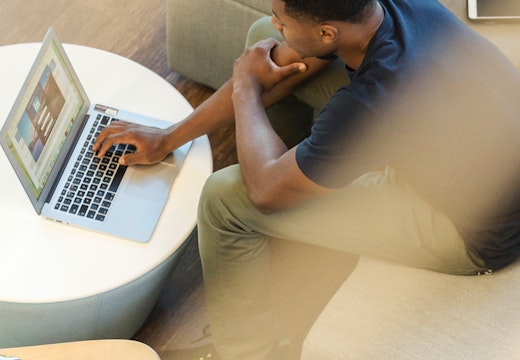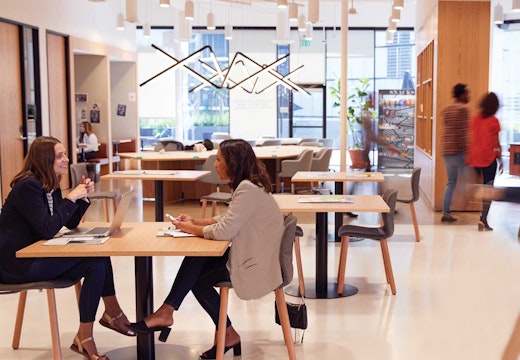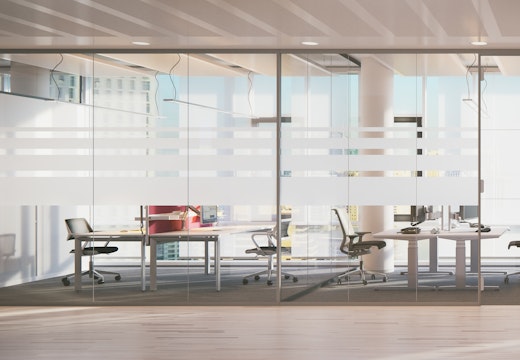On the frontline: why your workplace really matters
Condeco’s latest report highlights the latest trends driving workplace transformation around the world, canvassing the views of 500 workplace leaders to present a picture of global change
The modern workplace is regarded as the frontline in the battle for the best talent and increasingly a key tool to shape employee behaviour and catalyse new ways of working. The critical role of the workplace is highlighted in a new global report produced by Condeco, which surveys the views of 500 workplace leaders from six different countries. The report outlines four trends that are shaping perceptions of the workplace today.
Strategic spaces
Employers are starting the realise the value and influence the workplace can have on their employees. As a result, they are weaving the workplace into strategic business objectives as a means for talent management, employee engagement and productivity. The report found that currently two thirds of business leaders regard the workplace as a key component in their recruitment strategy.
However, workplace strategy is not a one-size-fits-all approach. Geography and company size are highly influential in dictating workplace design. The report emphasises geographic disparities when designing for new ways of working, particularly between Europe and the APAC region. While France boasts twice the global average for hot desk working, hierarchical Singapore see offices and cubicles as a mark of status. These global variations will determine workplace design and how people feel and behaviour in their office.
Forces driving change
The traditional workplace has been forced into retreat in recent years, and in its wake highly collaborative workplaces have emerged. The key drivers for this paradigm shift are flexible and agile working, and the constant strive to collaborate and innovate better. These new ways of working have forced the workplace to respond and experiment with design and space. In order for organisations to promote collaboration, many have simply opened the floor plan of the office to increase line of sight and serendipitous encounters.
The report identifies that 69 per cent of companies surveyed have opted for open plan workplace design. This signifies a willingness to adapt and change space to accommodate agile working, but as we know the workplace should include a variety of space for a variety of work types.
The report identifies another key driver of workplace change, the Millennials. The younger generations enter the workforce have a different set of expectations and attitudes to work. They are perceived as more demanding, expecting to have a variety of spaces and to be able to work whenever and wherever they like.
Flexible and remote working
Millennials may be the drivers of flexible and remote working patterns, but it is a trend that has spread to all generations and industries. The report found that a third of businesses have adopted flexible working programmes for their employees – this marks a major trend away from the fixed workplace and a localised workforce.
However advances in technology means that we are more connected than ever before; data can be accessed from cloud-based systems, and teleconferences and collaborative messaging tools mean that people are still constantly accessible. The office can mirror these changes by offering more flexible environments with a variety of different work spaces.
Making meetings work
Meetings are usually regarded as painful, dull necessities in most organisations. Painful, because finding the right space at the right time for the right type of meeting can be a near impossible combination. According to Condeco’s report, employees in one in ten businesses feel poorly served by their meeting rooms, saying they only have access to them some of the time or rarely.
As the workforce becomes more geographically fractured many meetings are migrating onto digital platforms, so meeting rooms are expected to be equipped with the right seamless technology to engage in the same level of communication you would in an office. Alternatively, some meetings do not need technology or even closed walls. This means there needs to be a variety of spaces for different types of meetings.
Two fifths of business leaders report an increase in the number of video conferences – this means more screens are being placed in large conference rooms and even small breakout areas as a means of seamlessly video content sharing. Participants of video conferences range from remote workers tuning in for internal meetings to external global companies who want to reduce travel costs.
Adapt to survive
The trends identified in this report signal a clear shift in attitudes and behaviours towards work styles that are changing the physical landscape of the modern workplace. It is the adaptable companies which will have the competitive advantage in talent management, harnessing productivity and creativity, and engaging with clients more effectively.








